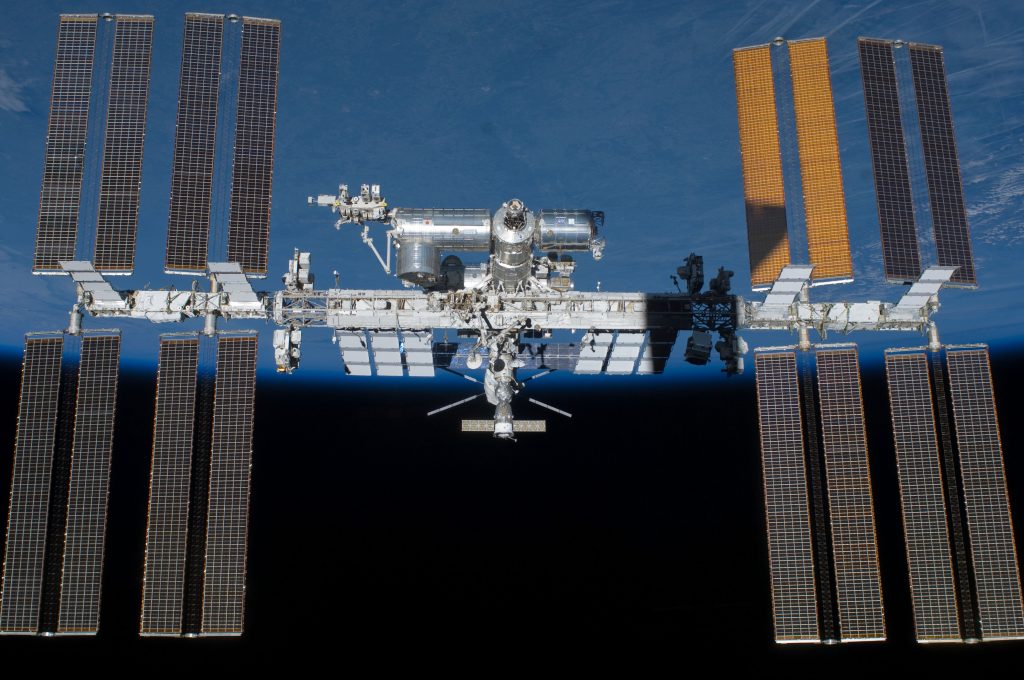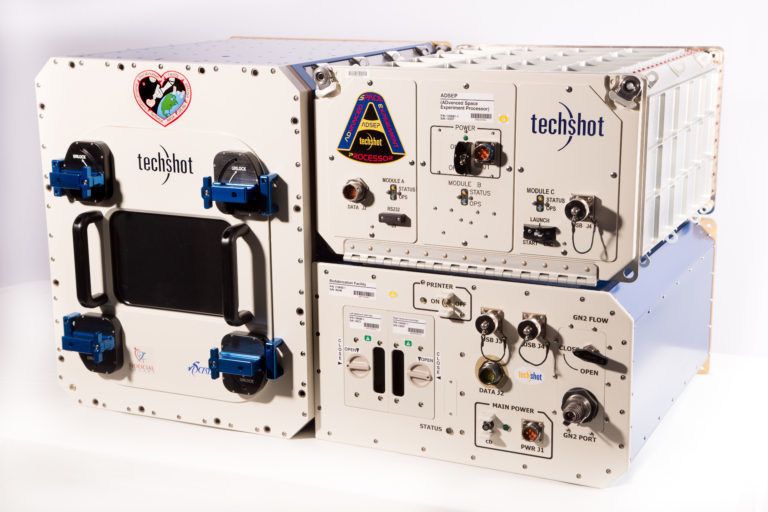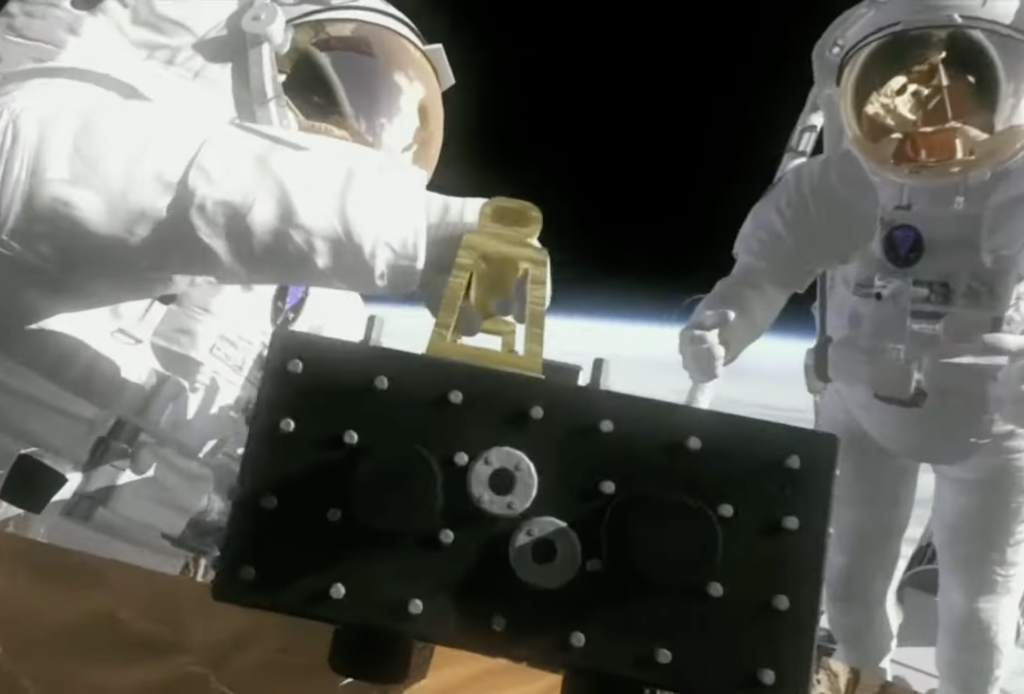Space system manufacturer Redwire has unveiled plans to launch a new and improved version of its 3D bioprinter to the NASA International Space Station (ISS).
Specifically, working with the Uniformed Services University of the Health Sciences Center for Biotechnology (4DBio3), Redwire aims to send up an upgraded edition of its BioFabrication Facility (BFF). Once there, the system’s human cell deposition capabilities will be utilized to investigate the potential of 3D bioprinting in helping treat the meniscal injuries often suffered by US military service personnel.
“BFF is game-changing technology that could have significant implications for the future of human health and patient care on Earth,” said Redwire Executive Vice President of In-Space Manufacturing and Operations, John Vellinger. “The ISS provides a critical testing platform to advance these cutting-edge technologies that are enabling critical investigations from commercial users and the scientific research community that will one day extend to future commercial space stations.”

Redwire’s 3D printing activities
Over the last 18 months, Redwire has made a series of acquisitions that have established it as a major player in the orbital systems space. Having bought aerospace manufacturers Adcole Space and Deep Space Systems in June 2021, the company went on to purchase Made In Space, a firm known for its microgravity 3D printing expertise.
Made In Space’s Archinaut low-gravity 3D printing technology has previously been used to realize advanced builds such as a satellite-mounted ‘virtual telescope’, with deep space observation applications. In the past, the firm has also worked with Braskem to develop the ‘Braskem Recycler,’ a system designed to recycle defunct parts onboard the ISS.
Since then, Redwire’s $615 million SPAC merger has seen it go public and raise the funding needed to continue its expansion into the commercial space and experimental bioprinting industries. Last year, the company launched its ISS Redwire Regolith Print study, in which it’s seeking to determine the feasibility of 3D printing regolith into lunar structures.
As well as studies on the ISS, Redwire is now set to engage in 3D bioprinting on the ‘Orbital Reef,’ a commercial space station project being led by Blue Origin and Sierra Space. Using some of the cash generated via its SPAC IPO, the company has also bought microgravity printing firm Techshot, in a move that CEO Peter Cannito described when it was completed as a “natural fit with its 3D printing strategy.”

The BFF gets a new mission
Together, Redwire’s BFF and ADvanced Space Experiment Processor (ADSEP), make up the first system to ever be capable of manufacturing human tissues in the microgravity conditions of space. By precisely placing adult pluripotent stem cells, the system is able to create ultra-fine layers of bioink that are several times smaller than the width of a human hair, which can be built up into viable structures.
Critically, to prevent tissues collapsing, the BFF now features a Redwire-developed cell-culturing system that strengthens them over time, to the point that they’re self-supporting under gravity, in a process that can take anything from 12 to 45 days.
With further R&D, Redwire believes this technology can be honed to address the shortage of organ donors for transplant patients. Essentially, by 3D printing patient-specific implants, the firm anticipates being able to cancel out any risk to future donors, while drastically reducing any chance of patient organ rejection.
Although such advances remain years from realization, the BFF is currently capable of printing and culturing organoids with drug R&D, disease modeling and tissue engineering applications. With the latest version of the machine, Redwire aims to put these capabilities to practical use, by bioprinting a knee meniscus with military treatment potential, which will then be studied and sent back to Earth.
The firm’s upgraded 3D bioprinter is set to be launched with three other payloads on Northrop Grumman’s 18th cargo resupply services mission (NG-18) to the ISS no earlier than November 6, 2022, from Spaceport Pad 0A on Wallops Island, Virginia.

Microgravity 3D printing advances
The ISS has become something of a hotbed for 3D printing R&D in recent years, with both commercial and academic researchers seeking to test emerging technologies under microgravity conditions. Earlier this year, AddUp revealed that it had launched a metal 3D printing demonstrator to the ISS, which it helped develop as part of the European Space Agency’s (ESA’s) wider ‘Metal3D’ project.
In 3D bioprinting, CELLINK partnered with what was Made in Space (and is now Redwire) back in 2019, to identify potential orbital bioprinting opportunities onboard the ISS. When first initiated, it was thought the program could have a profound impact on the drug screening and cancer research carried out on terra firma.
In a more recent study, Iowa State University researchers tested a zero-gravity electronics 3D printer aboard a refitted airplane. By continually flying the plane up and down at 45º angles, the team found they were able (at the top of this curve), to conduct tests while experiencing short bouts of weightlessness (and sickliness) in microgravity.
To stay up to date with the latest 3D printing news, don’t forget to subscribe to the 3D Printing Industry newsletter or follow us on Twitter or liking our page on Facebook.
While you’re here, why not subscribe to our Youtube channel? featuring discussion, debriefs, video shorts and webinar replays.
Are you looking for a job in the additive manufacturing industry? Visit 3D Printing Jobs for a selection of roles in the industry.
Featured image shows the International Space Station. Photo via NASA.



